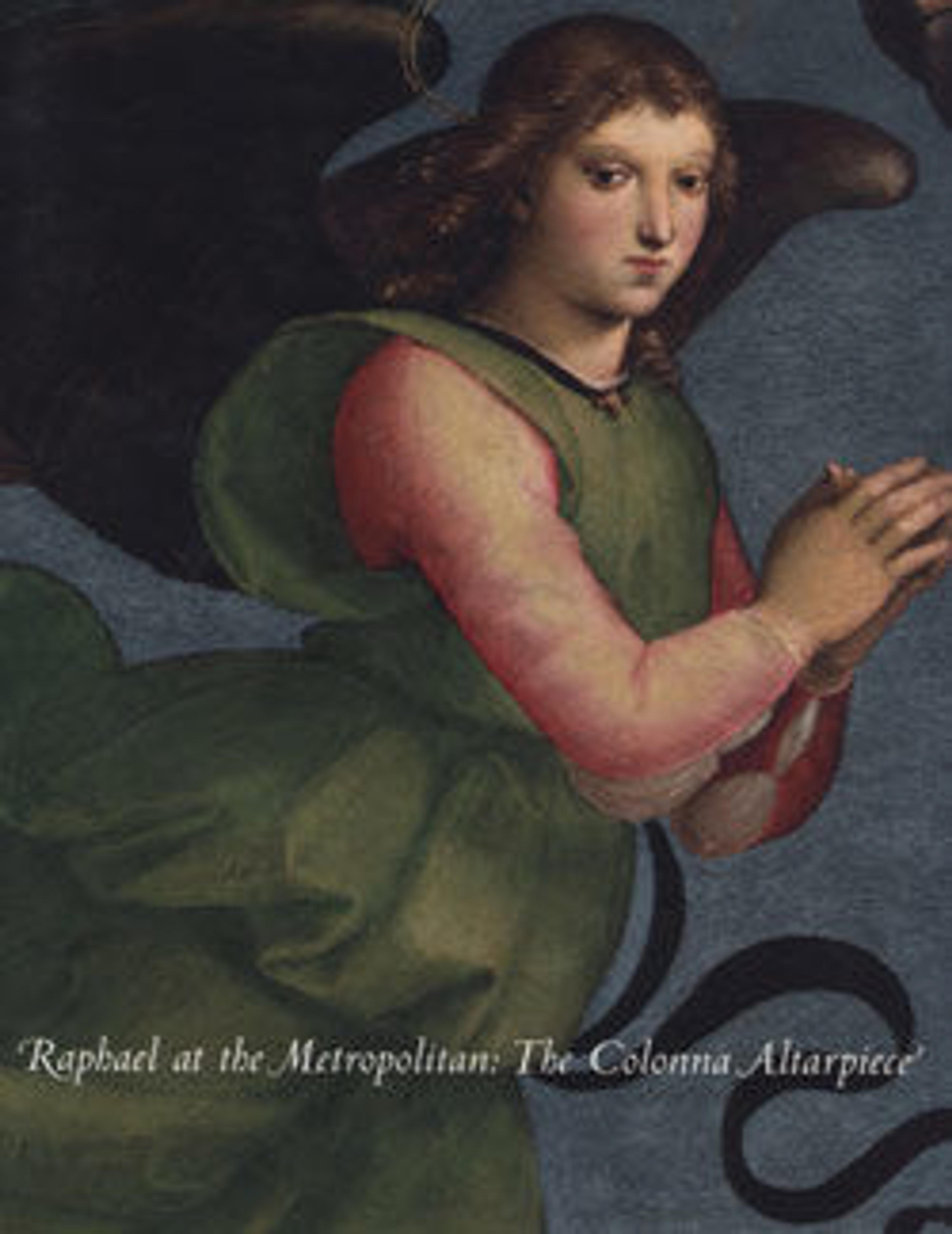Study of the Head of a Youth Gazing Upward
This study of a male head, seen from below in a foreshortening technique known in Italian as "di sotto in su" (meaning “from below, upward”), may have served as a preparatory study for a figure in a painting. The squaring of the sheet indicates that the figure was meant to be enlarged and transferred to a more elaborate composition. Similar types of upturned heads appear in numerous paintings by Perugino, his followers, and collaborators. It has been suggested that the drawing may be attributed to the young Luca Signorelli, who was a follower of Perugino and frequently produced heads of a similar physiognomic type and expressive quality. The facial features have been retouched with pen by a later hand, making them appear harsher than they were originally intended.
Artwork Details
- Title: Study of the Head of a Youth Gazing Upward
- Artist: Workshop of Perugino (Pietro di Cristoforo Vannucci) (Italian, Città della Pieve, active by 1469–died 1523 Fontignano)
- Date: late 15th–early 16th century
- Medium: Black chalk; Squared in black chalk; eyes, nose, ears, mouth retouched with pen and brown ink.
- Dimensions: 8 7/8 x 5 15/16 in. (22.6 x 15.1 cm)
- Classification: Drawings
- Credit Line: Robert Lehman Collection, 1975
- Object Number: 1975.1.394
- Curatorial Department: The Robert Lehman Collection
More Artwork
Research Resources
The Met provides unparalleled resources for research and welcomes an international community of students and scholars. The Met's Open Access API is where creators and researchers can connect to the The Met collection. Open Access data and public domain images are available for unrestricted commercial and noncommercial use without permission or fee.
To request images under copyright and other restrictions, please use this Image Request form.
Feedback
We continue to research and examine historical and cultural context for objects in The Met collection. If you have comments or questions about this object record, please complete and submit this form. The Museum looks forward to receiving your comments.
